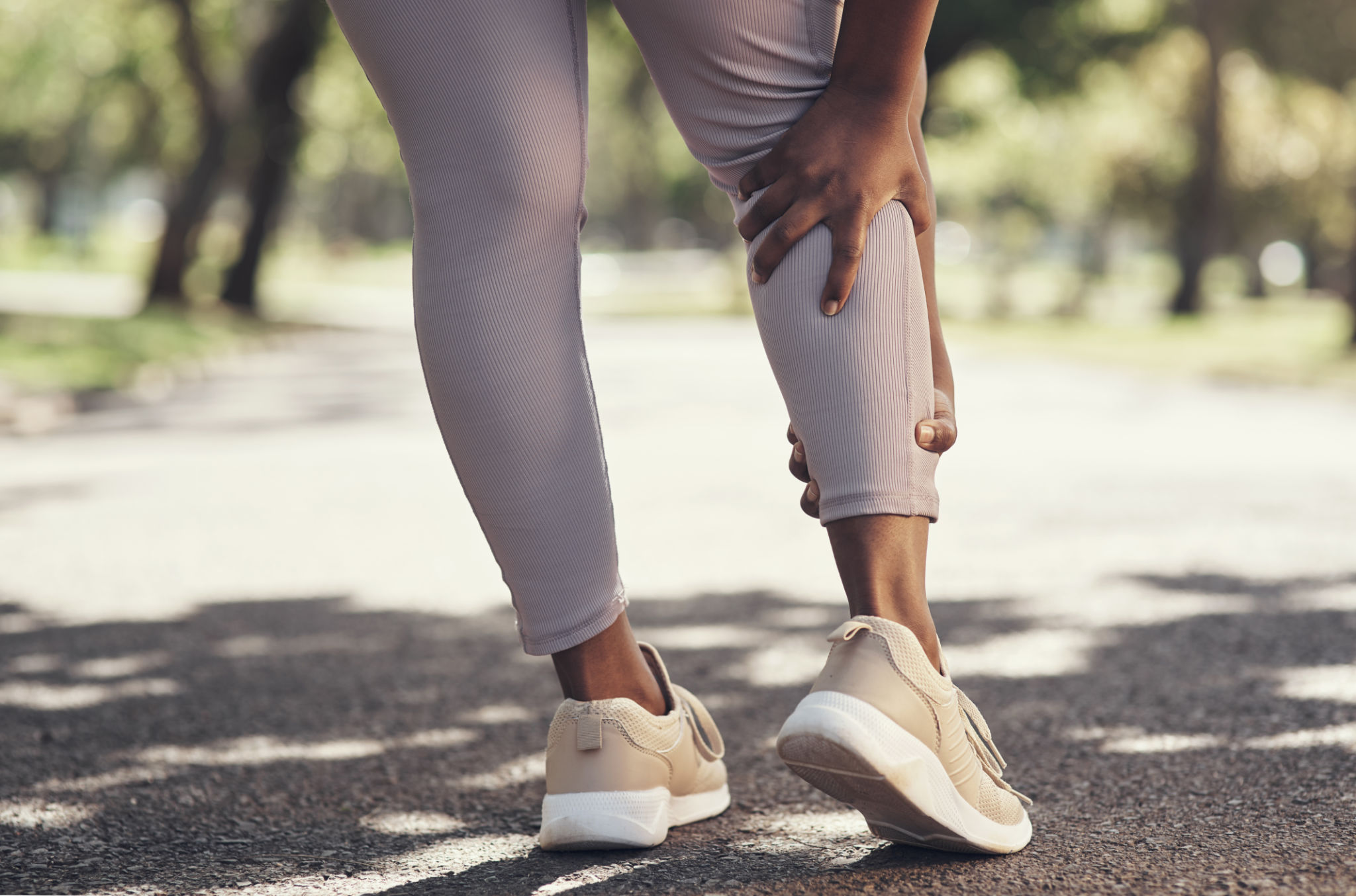Understanding Heel Spurs: Latest Non-Invasive Treatments
What Are Heel Spurs?
Heel spurs are bony growths that develop on the underside of the heel bone. Often associated with plantar fasciitis, these growths can cause significant discomfort, especially when walking or standing for long periods. Although they can be asymptomatic, they often lead to sharp pain in the heel area.
The exact cause of heel spurs is still under investigation, but factors such as excessive strain on foot muscles and ligaments, arthritis, and wearing poorly fitting shoes are commonly linked to their development. Recognizing symptoms early can be crucial to managing this condition effectively.

Traditional vs. Non-Invasive Treatments
Traditional treatments for heel spurs often include rest, ice application, and anti-inflammatory medications. In severe cases, surgery might be considered. However, surgical intervention is invasive and typically reserved for when other methods fail.
Recently, there has been a significant shift towards non-invasive treatments. These methods not only offer pain relief but also aim to address the root cause of heel spurs without the need for surgical procedures.
Shockwave Therapy
One of the most promising non-invasive treatments is shockwave therapy. This method uses sound waves to stimulate healing in the affected area. Patients usually undergo several sessions over a few weeks, experiencing gradual pain relief and improved mobility.

Orthotic Devices
Custom orthotic devices are another effective treatment option. These specially designed shoe inserts help redistribute pressure on the foot, providing support and cushioning to alleviate pain from heel spurs. They can be tailored to fit the unique contours of an individual's feet.
Physical Therapy and Exercises
Engaging in specific exercises under the guidance of a physical therapist can greatly benefit those suffering from heel spurs. Stretching exercises targeting the plantar fascia and Achilles tendon can enhance flexibility and reduce discomfort.
Additionally, strengthening exercises for the foot and ankle muscles can further help in managing symptoms and preventing recurrence. A dedicated routine can make a significant difference in pain management.

Laser Therapy
Laser therapy is gaining attention as a potential non-invasive treatment for heel spurs. This method uses concentrated light beams to reduce inflammation and promote tissue repair. Patients often report reduced pain levels after completing a series of laser therapy sessions.
Lifestyle Modifications
Incorporating certain lifestyle changes can also play a crucial role in managing heel spurs. Maintaining a healthy weight reduces the pressure on your heels, while choosing supportive footwear can prevent further damage. Consider shoes with adequate arch support and cushioning.
- Engage in low-impact exercises like swimming or cycling.
- Avoid walking barefoot on hard surfaces.
- Stretch regularly to maintain flexibility.
The Path Forward
While heel spurs can be a source of considerable discomfort, the latest non-invasive treatments offer hope for relief without surgery. By exploring these options and working closely with healthcare professionals, individuals can find a tailored treatment plan that suits their needs.
Remember that early intervention is key. If you suspect you have heel spurs, consult with a medical professional to explore your options and take proactive steps toward healing.